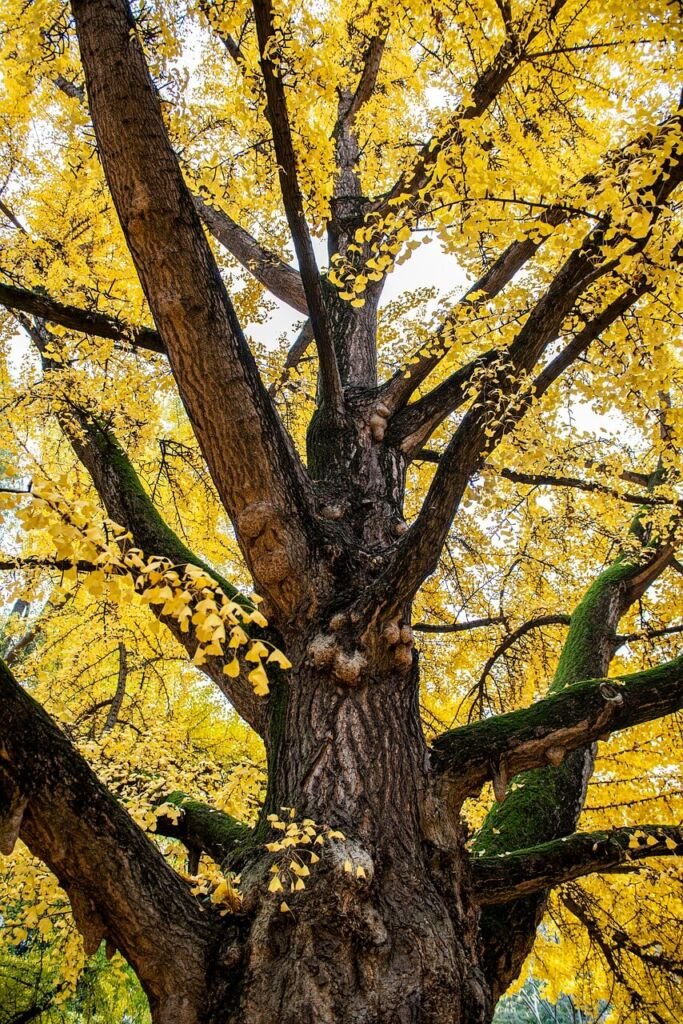Introduction:
As summer fades into autumn, the leaves on trees begin to change colors, painting the landscape with brilliant shades of red, orange, and yellow. But have you ever wondered what causes this dazzling display? In this post, we’ll explore the science behind why leaves change colors in the fall, from the pigments that give leaves their colors to the environmental factors that trigger the change.
1. Pigments in Leaves

The vibrant colors of autumn leaves are due to pigments in the leaves. Chlorophyll, the pigment that gives leaves their green color and is essential for photosynthesis, breaks down as the days get shorter and temperatures cool, revealing other pigments. Carotenoids, which give leaves their yellow and orange colors, are present in the leaves throughout the growing season, but are masked by chlorophyll. Anthocyanins, which give leaves their red and purple colors, are produced in response to sunlight and cooler temperatures.
2. Environmental Triggers
The timing and intensity of fall color can be influenced by environmental factors such as temperature, light, and moisture. Cool, but not freezing, temperatures and sunny days followed by cool nights are ideal for the production of anthocyanins, which give leaves their red and purple hues. In dry years, leaves may change color earlier and more quickly, while wet conditions can delay the onset of fall color.
3. Tree Species

The type of tree also affects the color of its leaves in the fall. For example, sugar maples, red maples, and sweetgums produce vibrant red and orange colors, while oaks and hickories turn brown or bronze. The unique combination of pigments and environmental conditions in each tree species contribute to the range of colors seen in the fall.
4. Geography
The timing of fall color can vary depending on geography. Trees at higher elevations or northern latitudes will begin to change color earlier, while those at lower elevations or southern latitudes will change color later. This is because temperature and light conditions vary with latitude and altitude.
Conclusion:
The science behind why leaves change colors in the fall is a fascinating and complex process that involves pigments, environmental triggers, tree species, and geography. As we enjoy the beauty of fall foliage, we can appreciate the intricate interplay of these factors that contribute to the changing colors of leaves. Understanding the science behind the changing leaves can also help us appreciate the importance of trees in our environment and inspire us to protect them for future generations.
